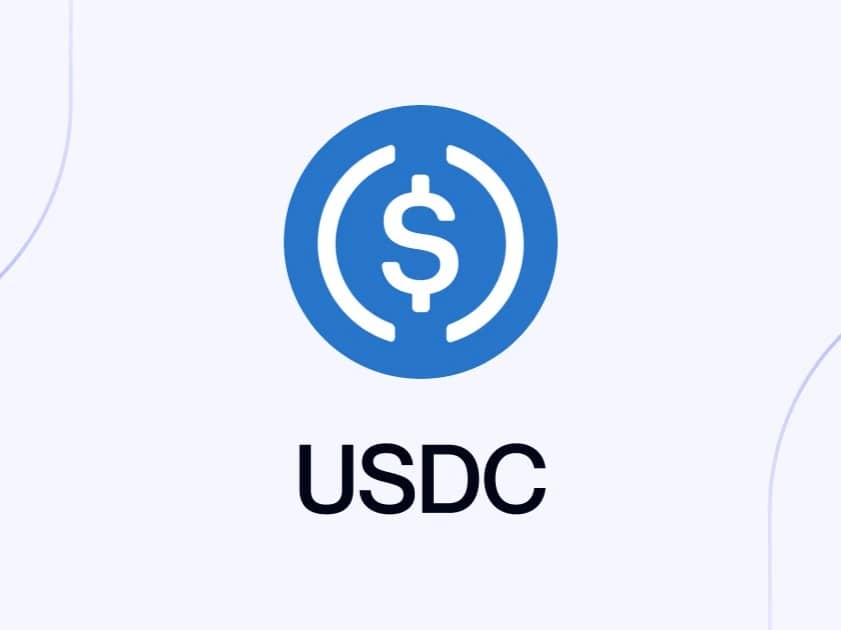订阅 wiki
Share wiki
Bookmark
Noble USDC
Noble USDC
Noble USDC 是在 Noble 区块链 上原生发行的 USDC 稳定币 版本,旨在作为 Cosmos 生态系统和其他通过区块链间通信(IBC)协议连接的网络的标准、完全储备的稳定币。它由 Circle Internet Financial, LLC 直接发行,旨在可以 1:1 兑换成美元。该项目的主要目标是解决流动性碎片化、高成本和运营复杂性等问题,这些问题是由于生态系统之前依赖于来自其他 区块链(如 Ethereum)的众多、不可替代的 USDC 桥接版本而产生的。[1]
概述
引入 Noble USDC 是为了在 Cosmos 互连链中提供单一的、可替代的 稳定币 流动性来源。在其推出之前,该生态系统依赖于桥接的 稳定币,主要来自 Ethereum,这些稳定币通过各种协议(如 Axelar 和 Gravity)引入。这导致了 100 多个不同的 USDC 桥接版本,由于缺乏可替代性、糟糕的用户体验和分散的流动性池,给用户和 去中心化应用程序(dApp) 带来了重大挑战。
作为一种专门构建的资产发行链,Noble 允许 Circle 在 Cosmos 生态系统内直接铸造和赎回 USDC,从而镜像了其他主要 区块链 上的原生发行过程。这种原生模型消除了与第三方桥相关的托管风险,并确保该资产始终由美国金融机构(包括 BlackRock 和 BNY Mellon)持有的储备金完全支持。Noble USDC 作为 dYdX 和 Osmosis 等知名应用链的基础流动性层,并作为受监管的链上和链下通道,供寻求访问 Cosmos 网络的机构用户使用。通过利用 IBC 和数据包转发技术,它简化了跨链传输,保持了资产一致性,并为跨互连链移动流动性提供了无缝的用户体验。[2] [3]
技术
原生发行模型
与桥接资产(即锁定在另一条链上的代币的包装表示)不同,Noble USDC 由 Circle 直接在 Noble 区块链 上铸造。此过程确保每个 Noble USDC 都是规范资产,并由相应的美元储备金完全支持。此模型提供与 Ethereum 等其他原生发行链上的 USDC 相同的信任和安全性。用户可以直接通过 Circle 以 1:1 的比例将 Noble USDC 兑换成美元,这是桥接版本所不具备的功能。这种直接的 铸造 和赎回机制消除了第三方桥托管人所需的额外信任假设。Noble 链本身是基于 Cosmos 的应用链,专门用于资产发行。它利用 Cosmos SDK,并结合了 TokenFactory 等模块(由 Osmosis 团队开发)来管理发行过程。[2]
区块链间通信(IBC)
Noble USDC 利用区块链间通信(IBC)协议,在 Cosmos 网络中的所有连接区块链之间进行快速安全的传输。当用户将 USDC 从 Noble 发送到另一条链(如 Osmosis)时,接收链会持有原生资产的“IBC 传输”表示。这些传输的安全性依赖于标准化的、信任最小化的 IBC 协议,而不是外部桥的不同且通常复杂的信任假设。[1]
数据包转发中间件
Noble 实施的一项关键技术创新是使用数据包转发中间件来解决多链传输期间的资产可替代性问题。在此解决方案之前,跨多条链发送 IBC 资产(例如,从链 A 到链 B,然后再到链 C)会在每个跃点创建一个新的 不可替代代币 面额。
数据包转发中间件将多跳 IBC 交易自动化为用户的单一无缝过程。例如,要将 USDC 从 Osmosis 发送到 dYdX,必须通过原生 Noble 链路由该交易,以保留其规范形式(Osmosis → Noble → dYdX)。中间件在后台处理这种复杂的路由,使其成为用户的“一键式”体验。这确保了 USDC 代币始终与其在 Noble 上的原生来源保持直接的“单跳”连接,从而防止创建多个不可替代的 IBC 面额并统一流动性。这项技术的既定目标是“在主权链生态系统的结构中带来单片链的流畅用户体验”。[3] [2]
跨链传输协议(CCTP)
为了与非 IBC 链互操作,Noble 集成了 Circle 的跨链传输协议(CCTP)。CCTP 支持 USDC 在受支持的区块链之间的非托管、原生到原生的传输。这允许用户在 Noble 和其他主要生态系统(如 Ethereum、Arbitrum、Base 和 Avalanche)之间移动 USDC,而无需依赖传统桥。该协议的工作原理是在源链上 销毁 USDC,并在目标链上 铸造 等量的 USDC,从而确保 USDC 供应的完整性。[1]
发现错误了吗?
